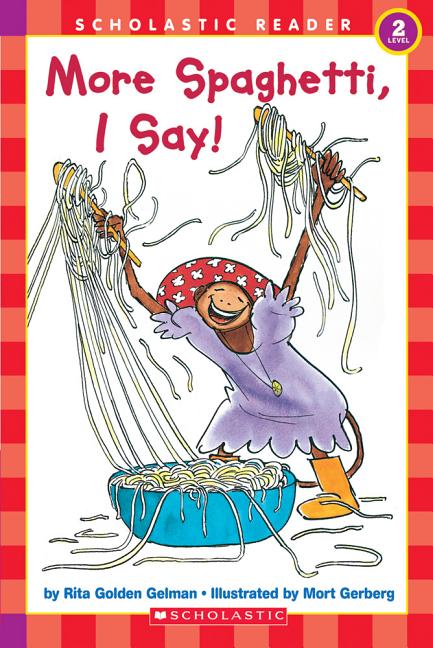

He had proudly written 1991’s Needful Things as his first book without the use of narcotics and alcohol, but after being struck by the van he was given a prescription for the opiate Ox圜ontin. The pain he experienced was so substantial that his long maintained sobriety was forcibly interrupted. King chronicles a first-hand account of what happened in 2000’s On Writing, which he started writing before the accident, and finished after – composing the invaluable tome in short spurts due to excruciating pain from his shattered hip. After being taken to the local hospital and then airlifted to the Central Maine Medical Center, he underwent five operations in 10 days, and Constant Readers around the world held their breath awaiting news of his condition. About a month after the publication of the novel The Girl Who Loved Tom Gordon, the author was walking along the shoulder of a road in Lovell, Maine, and a distracted driver ran into him with his minivan. On June 19, 1999, Stephen King was nearly killed. Help the children make more if you have the supplies and the time! As the children realize how the design is transferred, they may become more intentional about their arrangement of the “noodles”.(Image credit: Warner Bros) What Dreamcatcher Is About It may look something like this:ĭefinitely on the abstract end of the art spectrum! Point out where the “noodles” were and how they made the design on the paper. ( A great fine motor exercise.) When they are satisfied with the arrangement of their faux spaghetti, help them place a sheet of paper on top of the noodles and press down to make a print. Let them manipulate the “noodles” using their forks. Now have the children “dish” up some spaghetti onto an art tray. I used real ones, but I’m just crazy like that sometimes.)

You’ll need plenty of paint to cover the yarn – much more sauce than I usually put on my spaghetti! (You probably want to use plastic forks. Now it’s time to add the sauce (red tempera paint) and toss the spaghetti. Talk to the children about how this does and doesn’t resemble spaghetti.

With the children, cut up some tan-colored yarn and place it in an old Cool Whip container, or other disposable bowl. If you’re in the mood for a more creative activity, and feeling a bit brave, I’ve got spaghetti prints for you! She not only eats it (and pairs it with almost any other food) but plays in it, and even skis down it! As Minnie, and eventually Freddie, say, “I love it, I love it, I love it, I do!” This book is just classic! A fantastic, simple read that children love!Īfter reading More Spaghetti I Say, you could do a whole language activity, asking the children what their favorite foods are. There’s a wonderful mix of rhyme, rhythm and hilarity as Minnie explains to Freddie, just how much she loves her spaghetti. In More Spaghetti I Say, author Rita Golden Gelman weaves a silly tale of a monkey named Minnie who is so in love with her spaghetti she can’t possibly play with her brother.


 0 kommentar(er)
0 kommentar(er)
